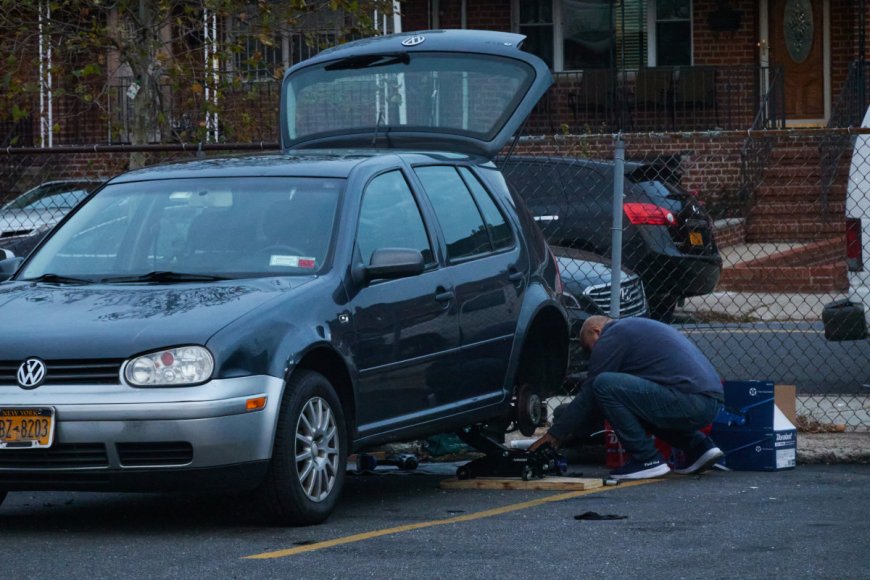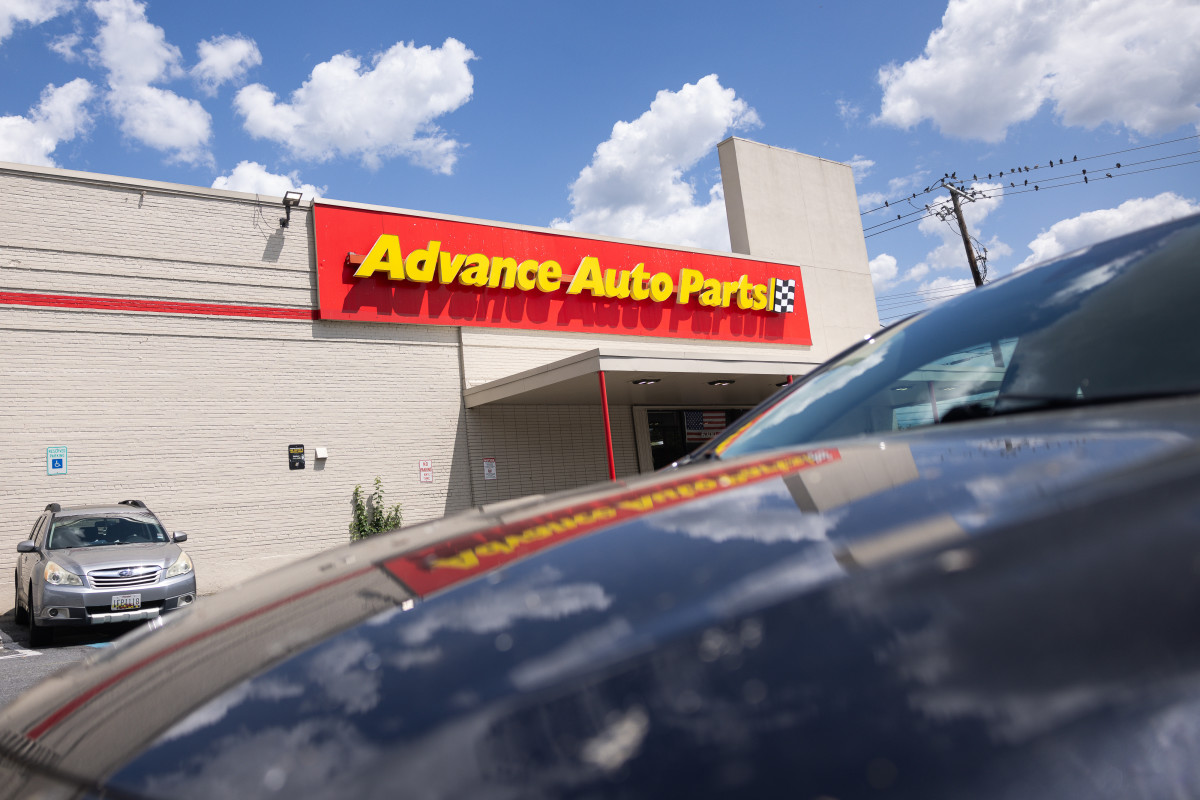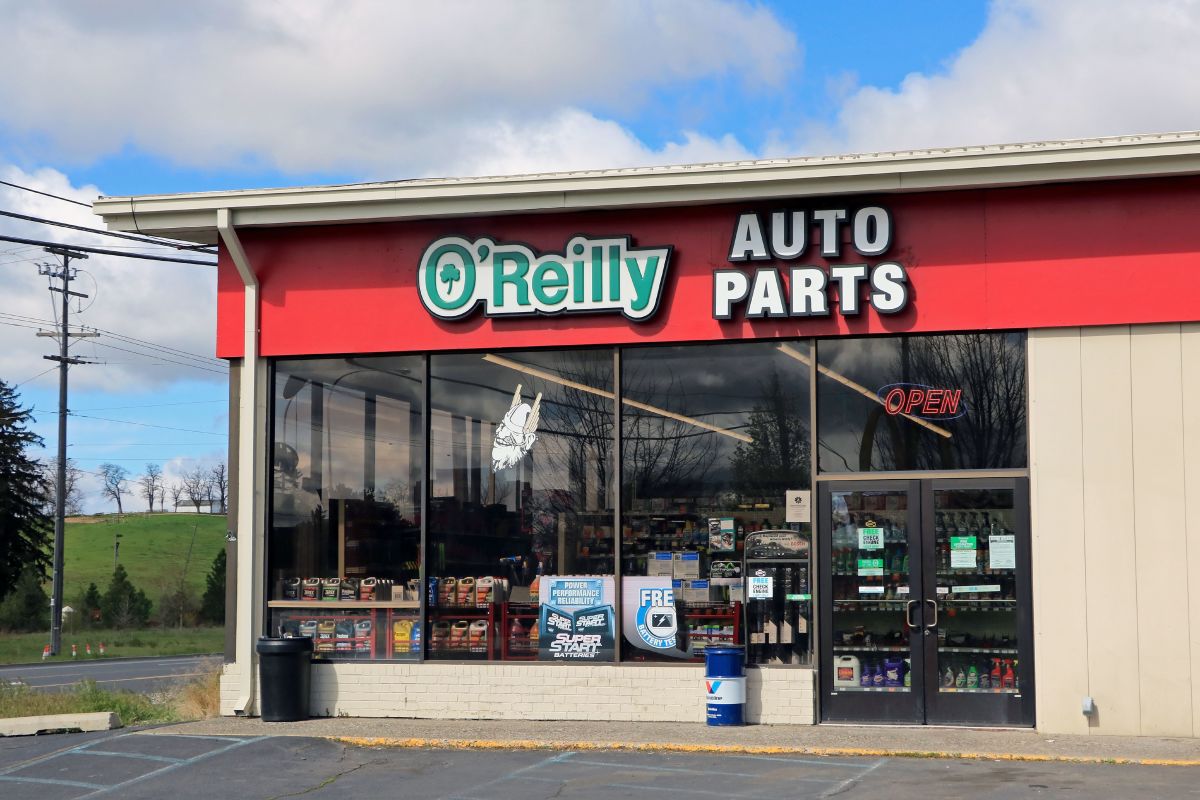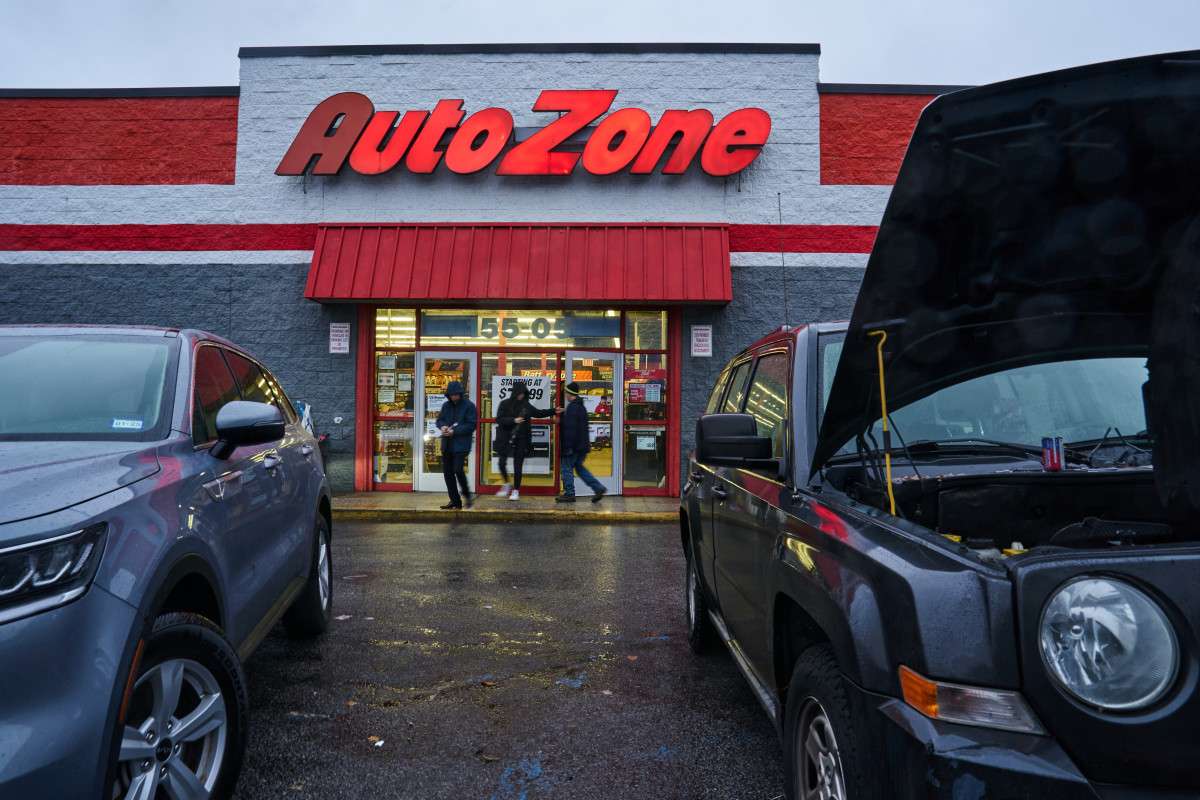Americans are keeping their cars longer—and repairing them less
Even as cars get older, many owners are pushing off repairs and maintenance, but cost-conscious drivers may be setting themselves up for trouble.

The roads are full of aging cars. With around 290 million light vehicles in the U.S., there are more vehicles on the road now than ever before. Across those hundreds of millions of cars, the average vehicle age has gradually increased since the 1990s, with the average age climbing to 13.6 years from just 8.4 years three decades ago.
These milestones reflect both advancements in vehicle durability and a more cost-conscious approach to car ownership. But as Americans keep their cars longer, many are skimping on repairs and maintenance, creating ripple effects for consumers and the automotive aftermarket industry.
Related: We talk with Lamborghini's CEO about an electrified future
Why cars are getting older
One factor behind this trend is undeniably positive: cars today are better made. Hitting 100,000 miles is no longer extraordinary; it’s expected. Coupled with supply-chain issues, inflation, and rising interest rates making new vehicles less affordable, drivers are holding on to what they have.
New car sales have taken a hit as a result. The annualized rolling average of car sales over the past four years sits at 15.5 million, down from 17.7 million before the pandemic, according to the Bureau of Economic Analysis. This slowdown might sound like great news for parts suppliers and service providers, as older cars typically require more attention. However, surprising data suggests Americans are cutting corners on car upkeep.
Related: GM loses $5 billion in China, what’s next?
Pinching pennies on maintenance can be expensive in the long run
Economic pressures are reshaping consumer behavior. Shares of Monro, a major tire and auto service chain, dropped 12% in May after reporting a significant decline in same-store sales during its fiscal year. Low- and middle-income consumers traded down to cheaper, off-brand tires while spending on services like brakes and shocks fell even more.
Genuine Parts, which owns Napa Auto Parts, saw its shares plummet by over 20% in October after its third-quarter earnings revealed a significant drop in retail sales. Meanwhile, Valvoline, known for its quick oil changes, noted weaker demand and discounted services from competitors as consumers deferred maintenance.
Deferred car care isn’t a new phenomenon. Carfax reported that nearly 30% of cars in the U.S. are overdue for tire rotation, and nearly one in five is late for an oil change. But these delays can turn routine issues into costly repairs down the road.
Related: Infiniti merging dealerships with Nissan as sales plummet
The cost of cutting corners
While saving a few dollars on repairs might seem appealing, it can be a short-lived benefit. Used car prices have surged—up 36% in five years, according to the Manheim Used Vehicle Value Index. For many households, vehicles are a vital asset, often second only to their home in value.
Take tires as an example. A discount tire chain might sell an “entry-level” tire for $149.99 with a 40,000-mile warranty, compared to a premium Goodyear tire priced at $254 with a 60,000-mile warranty and better performance. Skimping might save money upfront, but it often results in more frequent replacements or safety risks.
Related: How Recaro was rescued from financial collapse
EVs and changing habits also play a part
Electric vehicles (EVs), which require less maintenance than their internal combustion counterparts, could also play a role in the evolving repair landscape. EVs don’t need oil changes and have fewer moving parts, reducing demand for traditional auto services. However, this shift is still too recent to explain the current downturn in auto repairs, as EVs remain a small share of the market.
View the original article to see embedded media.
Another factor may be the lingering effects of the pandemic and work-from-home trends, which reduced miles driven. Though driving has returned to pre-2020 levels, vehicles may not yet require the same maintenance schedules they once did.
Auto parts stores are under pressure
Historically, deferred maintenance is a temporary trend. During the 2007–2009 recession, shares of auto-parts chains like AutoZone and O’Reilly Automotive outperformed the market as consumers eventually returned for necessary repairs.
AutoZone CEO Philip Daniele recently noted that while drivers initially delay repairs in tough times, they eventually recognize the importance of maintaining their vehicles to avoid more significant expenses.
“In tougher economic times, people will generally defer maintenance and discretionary items early in the cycle,” Daniele told investors. “And then, as we get further through the cycle, they start to repair their cars because they realize a little investment today, maintaining their vehicle, defers a major repair into the future.”
O’Reilly Automotive President Brent Kirby echoed this sentiment, predicting a bounce back in consumer spending on car repairs. Still, until that bounce back happens, auto parts companies are in for a tough time. Advance Auto Parts already announced plans to close hundreds of stores, including all locations in California, due to weakening retail sales.
The automotive service industry has proven resilient. While challenges persist, companies specializing in aftermarket parts and repairs are poised to recover as deferred maintenance catches up with drivers.
Related: 2006 Mitsubishi Lancer Evo with 461 miles sold for $161k on Bring a Trailer
Final thoughts
Americans may be holding on to their cars longer, but delaying repairs and opting for cheaper alternatives might backfire. With cars becoming older and pricier to replace, regular maintenance is a small investment that can prevent major financial headaches. For consumers, stretching a dollar too far could result in more significant costs down the road.










































